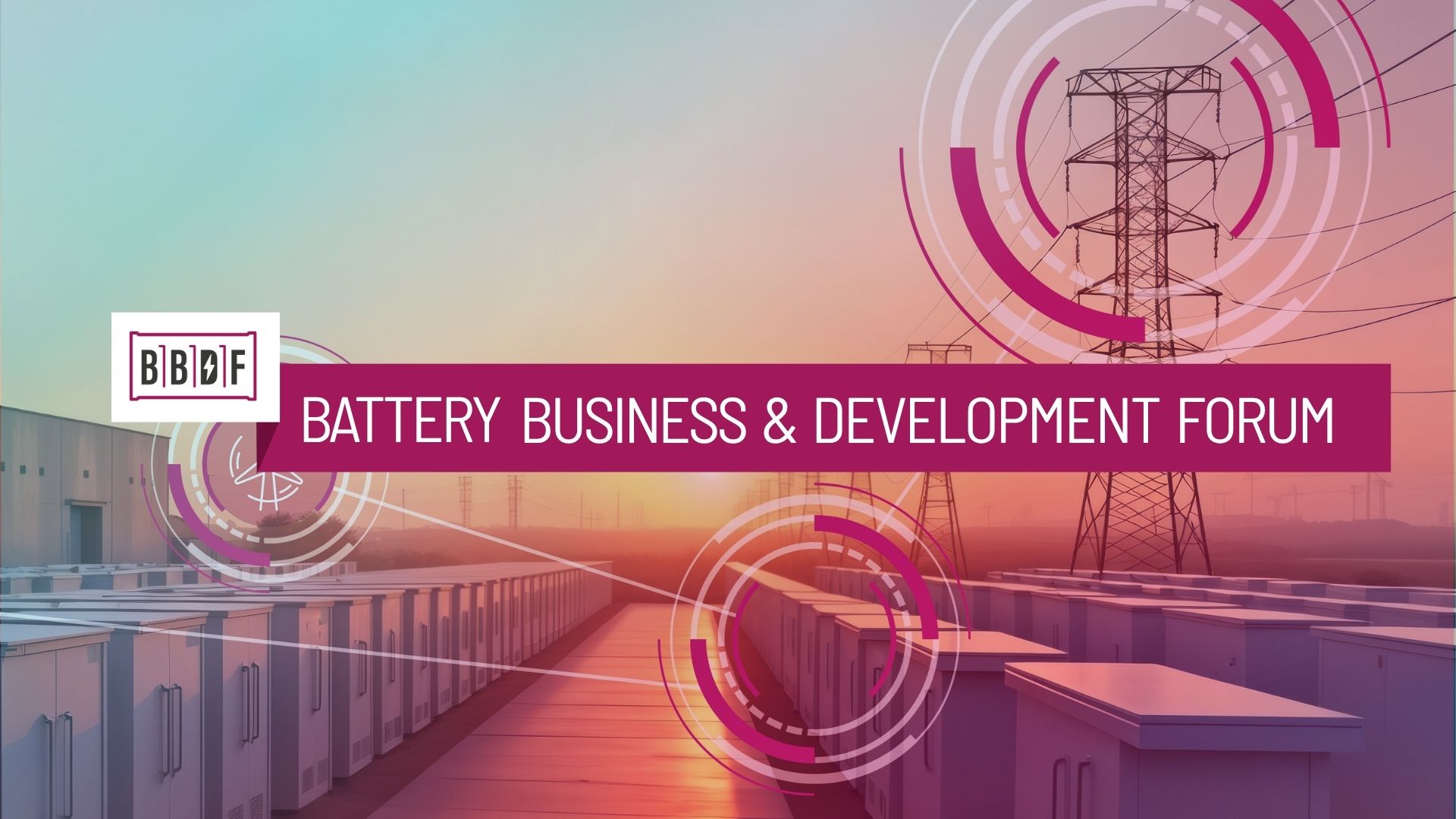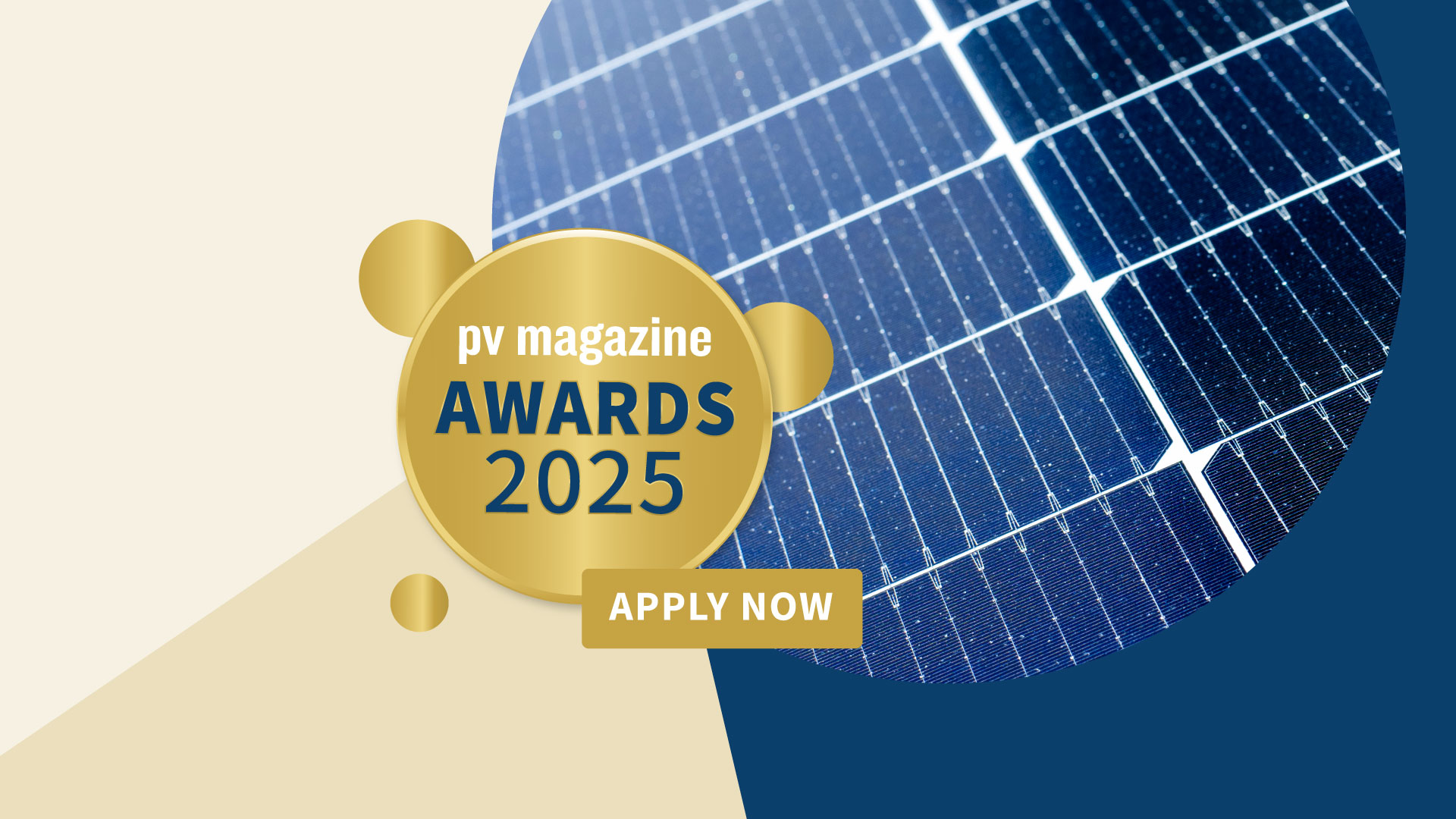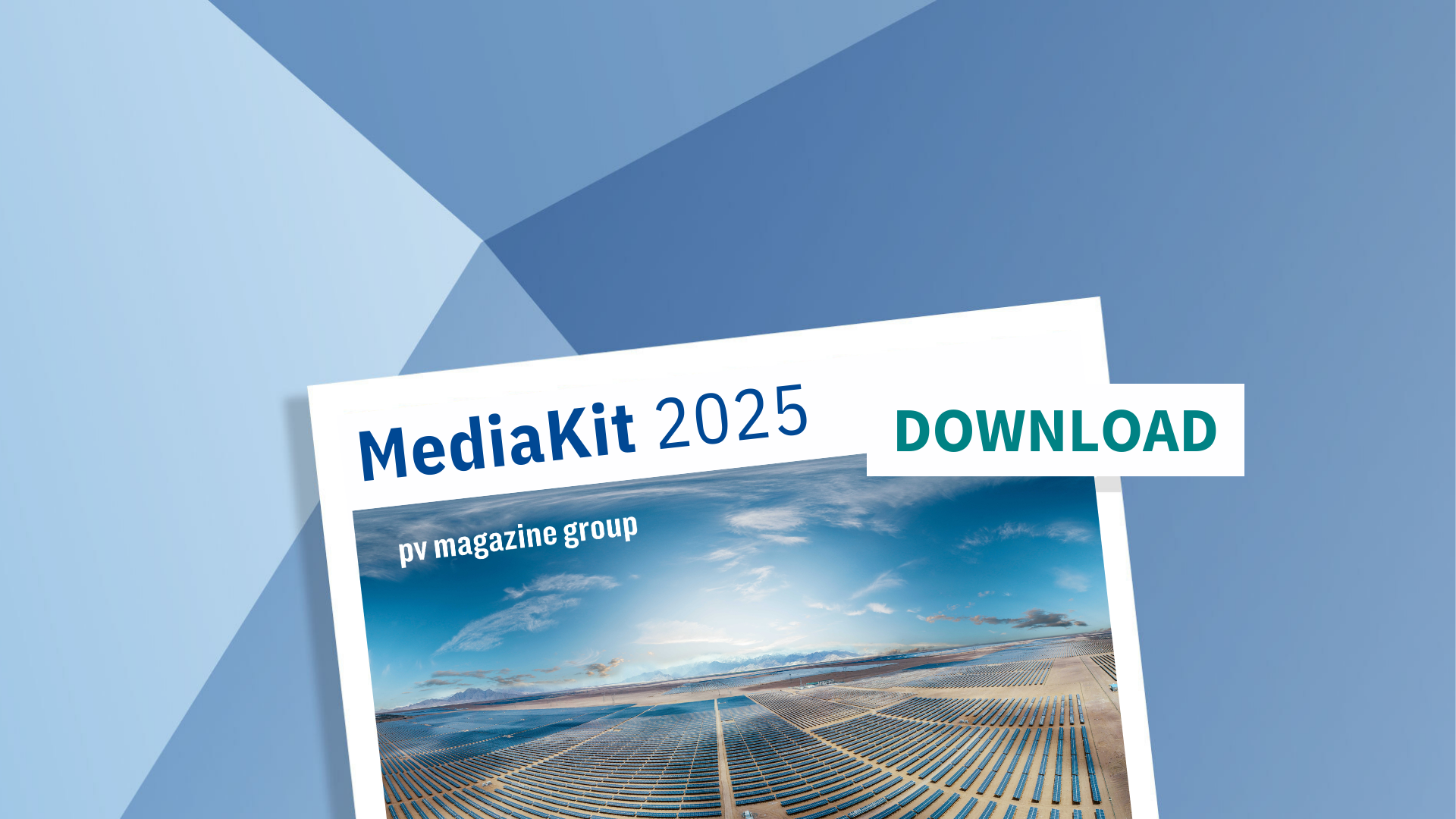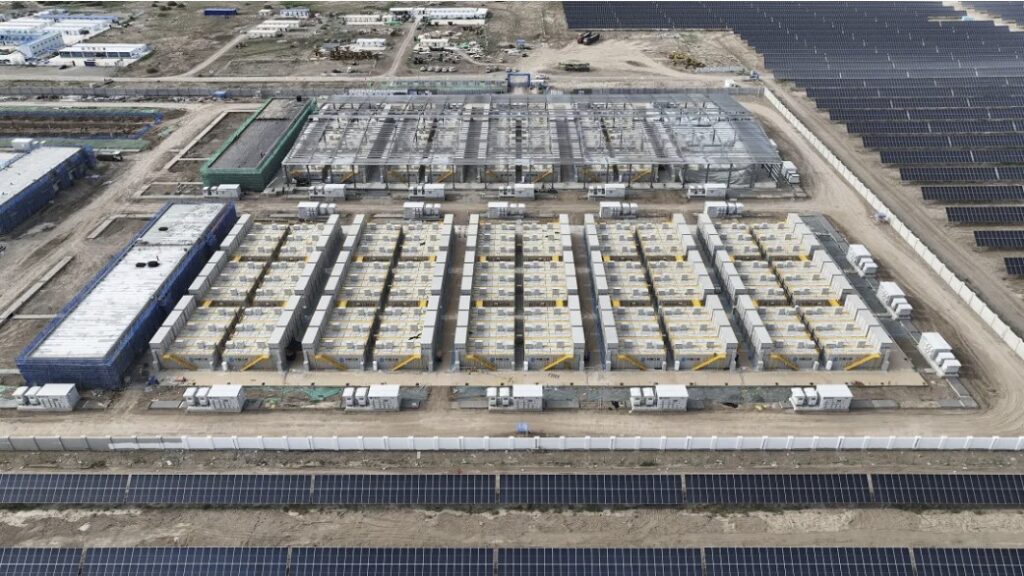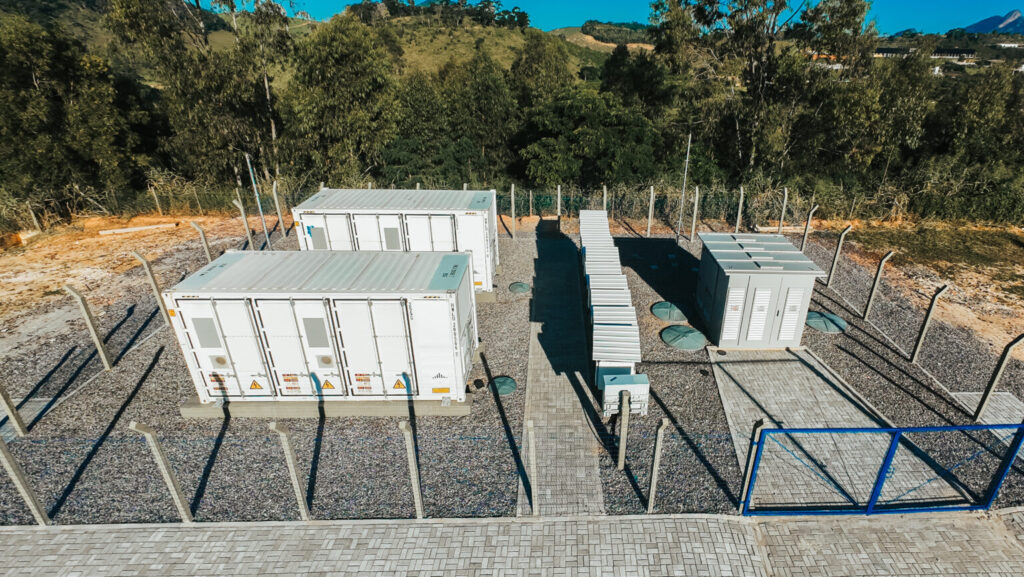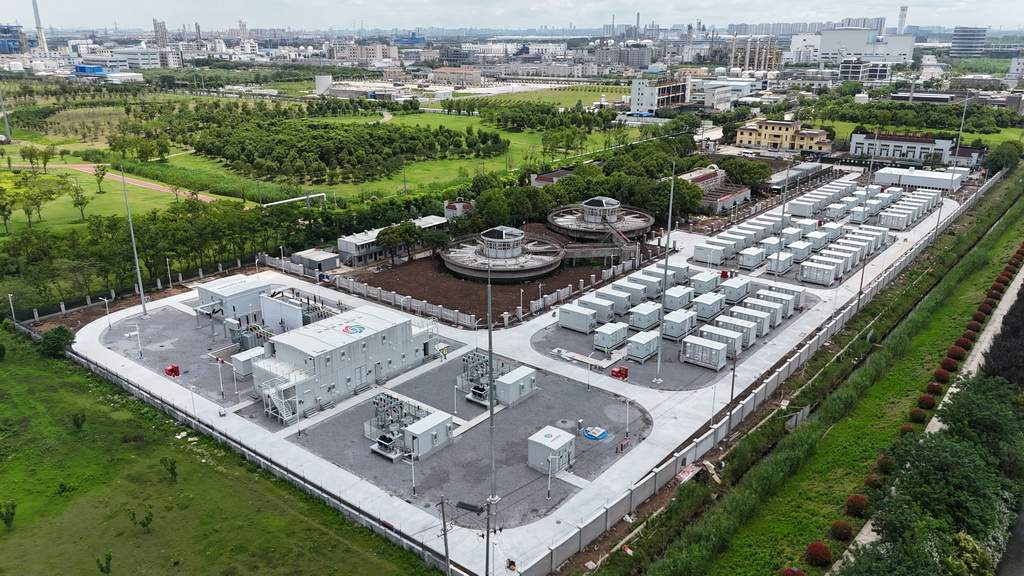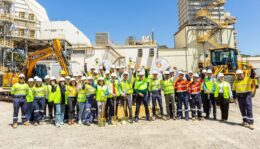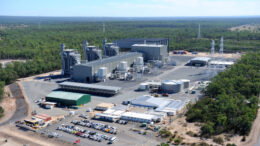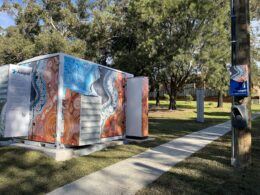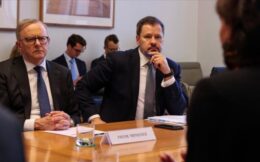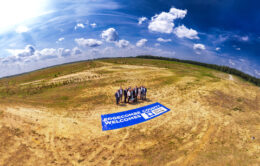Australian government funds six big batteries to power a million homes from 2027

Six large-scale battery energy storage system (BESS) projects to supply the National Electricity Market (NEM), will receive financial backing through the federal government’s Capacity Investment Scheme (CIS).
Secured through the Victoria and South Australia CIS tender bid, which received 19,000 MW of project proposals the initial aim was to fund projects with up to 600 MW / 2,400 MWh of dispatchable capacity.
The successful developers include Energy Australia, Progress Power, Pacific Green, Zen Energy and Pacific Blue, whose projects will deliver 3,626 MWh of energy, enough to supply the peak electricity demand for a million homes.
Federal Minister for Climate Change and Energy Chris Bowen said the projects will soak up cheap, clean energy from renewable generation, ready to be discharged into the grid as needed, 24 hours a day, seven days a week.
“In December last year, we opened applications for new dispatchable capacity, such as big batteries, to be built in Victoria and South Australia. The market response for this was huge. Massively oversubscribed. We wanted 600 MW. We received bids for 19 GW – 32 times more than what we asked for,” Bowen said.
The projects will provide an additional 1,630 MWh to Victoria, and 1,996 MWh to South Australia (SA) and conditional to the agreement signing, the projects are expected to begin operation in 2027.

The Victorian projects include the 350 MW Woreen lithium-ion battery system operated by Energy Australia in the Latrobe Valley on the existing site of the Jeeralang Power Station at Hazelwood North, which will be able to power over 400,000 homes for up to four hours at a time.
Secondly, the 115 MW Springvale Energy Hub lithium-ion battery system to be developed by Project Power will be constructed on the site of a former landfill in south-eastern Melbourne.
Four SA projects have been selected and include the 250 MW Limestone Coast West lithium-ion battery operated by Pacific Green, near Mount Gambier and the 170 MW Solar River lithium-ion battery alongside a 230 MW solar farm operated by Zen Energy, located north of Adelaide between Burra and Morgan.
In the state’s mid-north, the 60 MW Clements Gap lithium-ion battery, operated by Pacific Blue, is located at the Clements Gap Wind Farm, while at Canowie, 210 kilometres north of Adelaide, Energy Australia’s 50 MW Hallett lithium-ion battery will have a discharge capacity of 200 MWh, able to power 81,000 homes and small businesses for four hours.
A criterion for CIS funding is the expectation proponents contribute positively to adjacent communities, local supply chains, local jobs, and First Nations peoples.
The successful projects have committed a total investment of $12.5 million (USD 8.3 million) of shared benefits to local project communities and $6.5 million of initiatives for local First Nations groups.
There will be opportunities for local apprenticeships and training, including for First Nations people, in partnership with TAFE Victoria.


